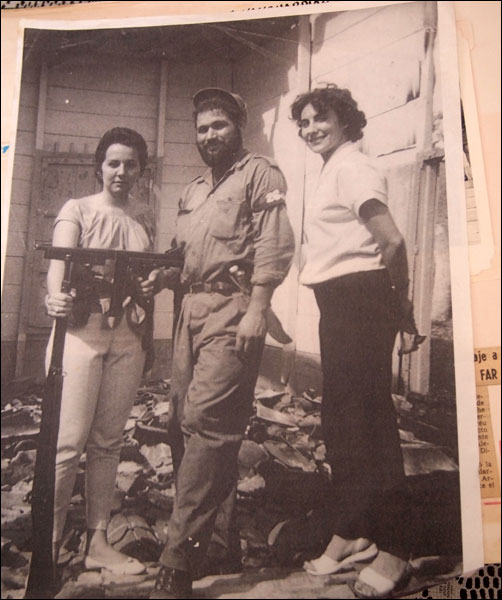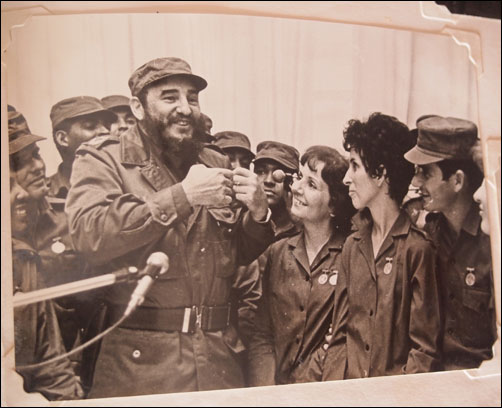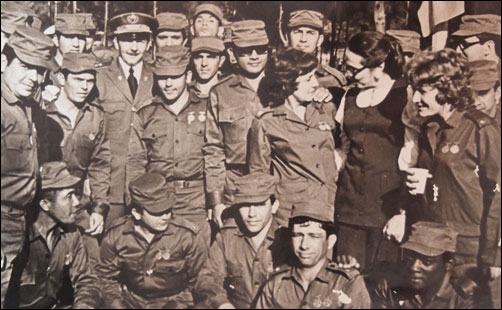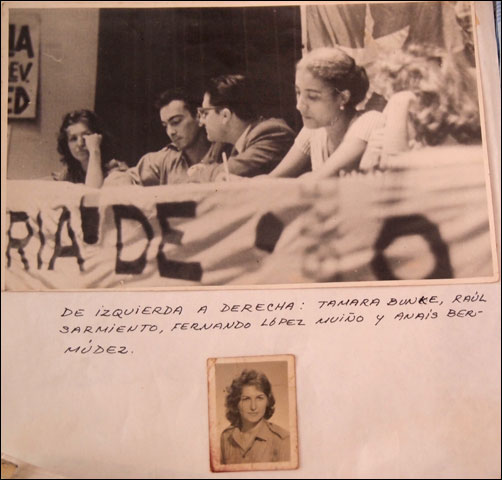 |
|||||||||||
About this trip (home page) Cuba journal (12) More about Cuba Mexico |
|||||||||||
Feruary 21, Las Tunas to Havana and Playa Jibacoa
This morning, Tuesday, February 21, we left Havana for a beach to the east. First, we stopped at an office in Vedado of Cubatur Viajes and booked a room for two nights in Playa Jibacoa. It is at Campismo Populares Los Cocos, and as campismos go, it is supposed to be quite luxurious. Especially when you consider that the rate is $25 per night for two people, including breakfast and dinner! (And this is the rate for "extranjeros," foreigners.) Before finally leaving Havana, we stopped for a while at the Hotel Nacional — not to mix with the rich, but to use their internet facility. There wasn't any news from home; we hope that no news is good news. Then
it was off to Playa Jibacoa. It would have been an easy ride except for
constant headwinds. First, a ferry across Havana harbor — the ferry
that someone tried to hijack for a ride to Miami more than 12 years
ago, what a dumb idea — and then on to Playas del Este.
February 22, Playa Jibacoa
So this morning we cycled to Bacunayagua where there are an impressive bridge (below)
and a ridiculously overpriced tourist mirador. Basically, it was
someplace to ride for exercise. Via Blanca had long, long hills in both
directions, not too hard to climb, but some When we returned to Los Cocos and tried for lunch, there was no bread and therefore no sandwiches; the only food available would have been dinner, early. So we moved on and found a much nicer beach just a few hundred meters down the road. It was clean, easy to get into the water, and close by. We had dinner here at
the campismo with another American, a guy who is a serious traveler, a
wealthy entrepreneur, and extremely conservative in many ways. It was
odd. But the meal, again, was light years better than breakfast. Good,
in fact.
February 23, Playa Jibacoa This
morning, breakfast was much better. Good eggs with tomatoes and onions,
more fruit. Also, our waitress is sweet and helpful. We explored for a
while by bike after breakfast and found an even better beach — the one
we enjoyed 11 years ago, we think. Anyway, we spent the bulk of the day
there and liked it a lot.
On returning to Los Cocos, we met another American couple who had just arrived on bicycles, Dave and Judy. They're about our age; he was a dentist, she an accountant and potter. They're both Quakers from outside Philadelphia. Dave sold his dental practice and they sold their house a few years ago, and they've been traveling all over the world ever since, with occasional breaks in the states to see their children and grandchildren. They've been many places in Asia, to Indonesia and Borneo, Australia and New Zealand, Senegal and Tunisia in Africa, many countries in Europe; and they're now beginning to travel in Latin America. Friendly, interesting people. Wouldn't you know, they're using our book in Cuba (Kindle edition) and they had wonderfully kind things to say about it. Tomorrow morning, the 24th, we must ride back to Havana. Pepe should have arranged accommodation for us, and we'll need much of the 25th to pack the bikes, reorganize and re-pack everything else, and be ready for our flight to Cancun on the 26th.
February 26, Havana, morning
Anyway, I went to work on the immensely frustrating job of packing a bike. A couple of hours later, when I was finished with one bike, there was still no sign of Pepe, so I asked if one of his household could call him on his cell phone. Brilliant! They reached him with no trouble and learned that our room was at Villa Paraiso, just a couple of blocks away on Calle 24. Villa Paraiso turned out to be one of the nicest places we have stayed. Anita and Ariel came to Pepe's right away in their old Dodge (1954) so we didn't have to haul our gear. The accommodations has a private entrance, the room has its own bath, small dining table and fridge in a small entry room, and an outdoor patio. Anita and Ariel both seem to be lovely people. We had a good dinner here on our first night, and a good breakfast yesterday morning.
It didn't take long before the conversation turned to the early days of the revolution, and Raul was pulling out photo albums and scrapbooks. After a good while, Magaly said quietly to Barbara that Raul was showing off all his things, but she wanted to show Barbara and me some of her mementos, which she did — a great scrapbook presented to her on retirement from the Cuban Army. Both Magaly and Raul truly lit up when reminiscing about the early years of the revolution. Clearly, that was the most optimistic and exciting time of their lives — a time when Cuba was attempting to build a new kind of society, certainly not capitalistic, nor the kind of communist state exemplified by the Soviet Union. Whether that exciting vision has died out, or whether there is still hope that Cuba will find its own, unique path to a more just and caring society — that is something we do not pretend to know, and we have a rather skeptical view toward anyone who claims certainty on the question. Below are some of the photographs that Magaly showed us.
It was wonderful to see Raul and Magaly again. In fact, the best part by far of this entire trip in Cuba has been the people we've met, especially old friends from years past whom we were able to see again. How we wish that American politics did not make it so difficult for us to visit more often. Soon we'll be on our way to the airport, and before the day ends, we'll be in Cancun, preparing to leave for San Agustinillo. |
|||||||||||
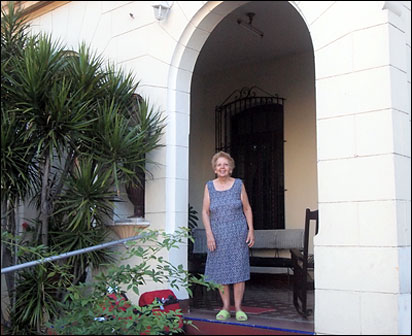
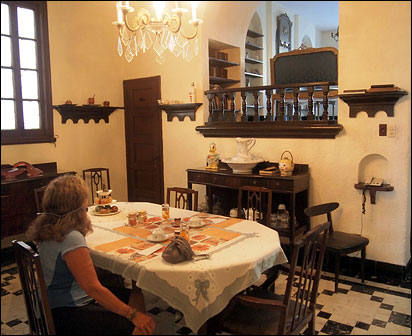
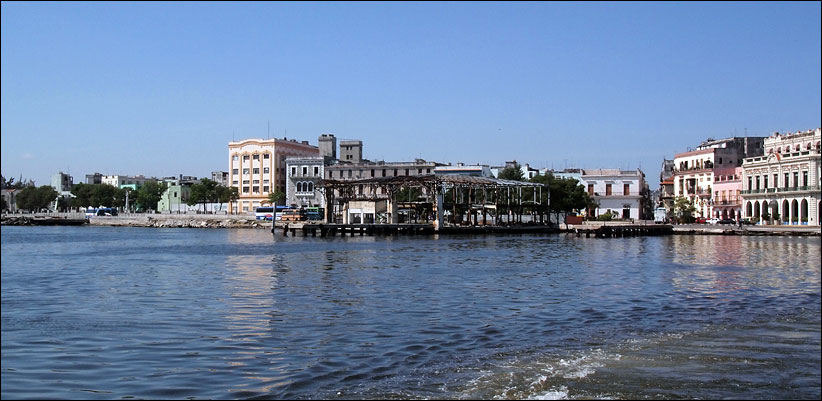
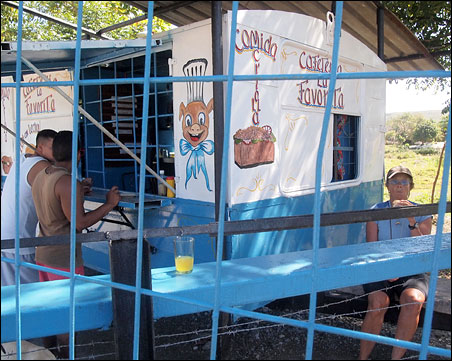
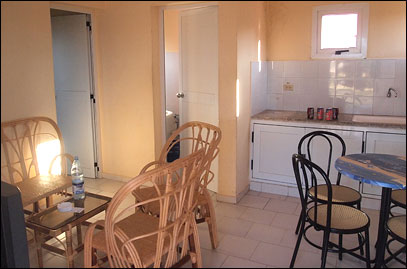
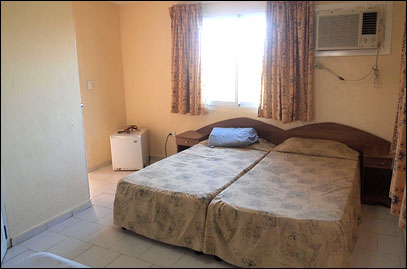
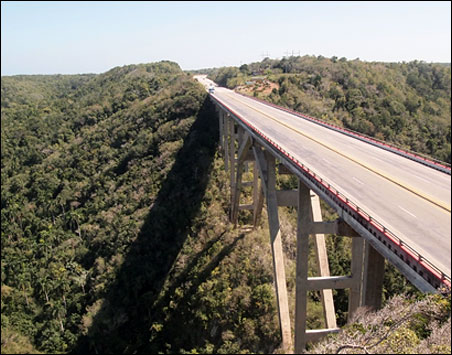 wonderful
coasting downhill. On the way out of Jibacoa, we also took a little
side trip to Playa Amarilla, which turned out to be nothing but some
crummy, closed campismos.
wonderful
coasting downhill. On the way out of Jibacoa, we also took a little
side trip to Playa Amarilla, which turned out to be nothing but some
crummy, closed campismos.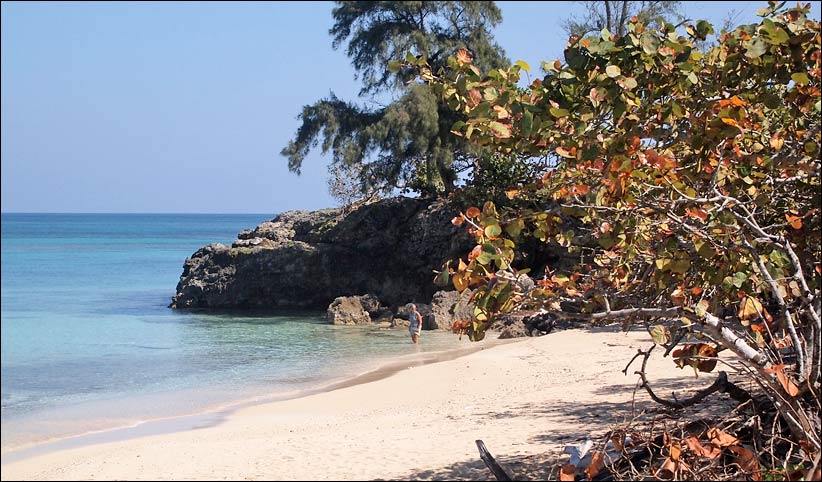
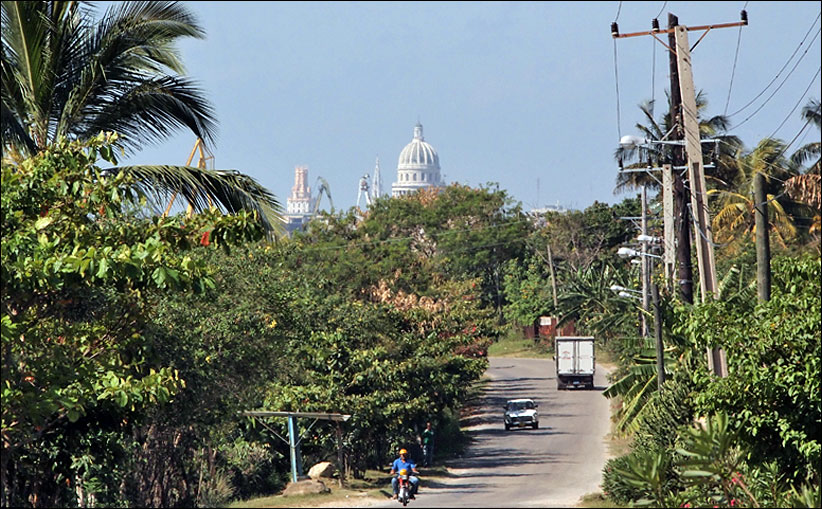
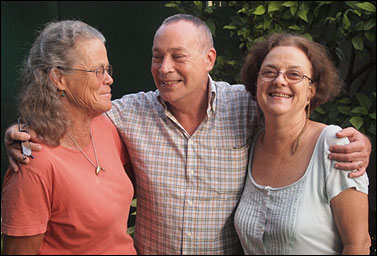 Ana
and Pepe's casa particular is very popular, and they do not always have
a room available. However, every time throughout this trip when they
were full, they arranged very good nearby accommodation for us. We
noticed that all kinds of travelers turn up at Casa Ana for good advice
and help with travel arrangements, even if they are not staying there.
It's because of this kind of service, rather than merely the (perfectly
fine) physical set-up that Casa Ana is often rated number one by Trip
Advisor among hundreds of casas particulares in Havana. (Left, Barbara with Pepe and Ana.)
Ana
and Pepe's casa particular is very popular, and they do not always have
a room available. However, every time throughout this trip when they
were full, they arranged very good nearby accommodation for us. We
noticed that all kinds of travelers turn up at Casa Ana for good advice
and help with travel arrangements, even if they are not staying there.
It's because of this kind of service, rather than merely the (perfectly
fine) physical set-up that Casa Ana is often rated number one by Trip
Advisor among hundreds of casas particulares in Havana. (Left, Barbara with Pepe and Ana.) 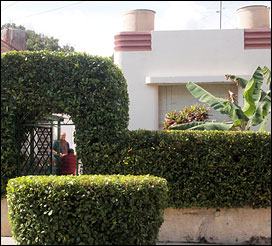
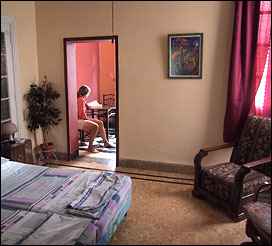
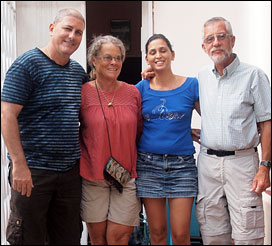
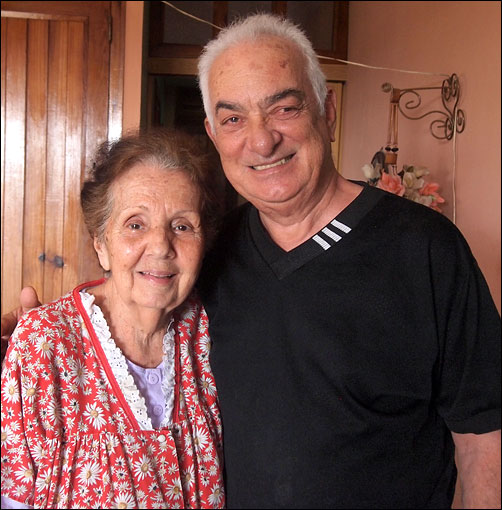 The big event of yesterday was a visit to Raul Sarmiento and his wife Magaly at their apartment on Paseo. (Right)
They remembered us and welcomed us warmly. Raul was ebullient — hooting
and laughing and carrying on. Magaly was quieter and a little more
frail than ten years ago, but sweet as we remember her. She's now
troubled by arthritis.
The big event of yesterday was a visit to Raul Sarmiento and his wife Magaly at their apartment on Paseo. (Right)
They remembered us and welcomed us warmly. Raul was ebullient — hooting
and laughing and carrying on. Magaly was quieter and a little more
frail than ten years ago, but sweet as we remember her. She's now
troubled by arthritis. 